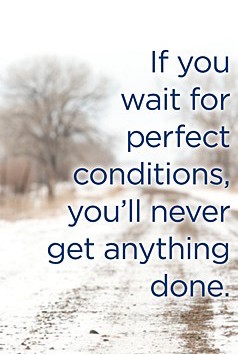 I am a big fan or runners hopping into races during their training for a big goal. While the races need to be carefully timed and chosen, they are a fun way to mix up training, assess current fitness, and practice race morning routines. For many of my athletes, we’ll sue a short race in place of a speed workout. If you are itching to sign up for some races, and are wondering how to choose and how to structure your season, I am sharing a few tips with you below:
I am a big fan or runners hopping into races during their training for a big goal. While the races need to be carefully timed and chosen, they are a fun way to mix up training, assess current fitness, and practice race morning routines. For many of my athletes, we’ll sue a short race in place of a speed workout. If you are itching to sign up for some races, and are wondering how to choose and how to structure your season, I am sharing a few tips with you below:
- Choose a distance that benefits your goal race. For example, a speedy 5K can be a great workout for a runner heading to a 10K-Half Marathon race. A 5K may not be a huge asset to a marathoner unless some additional mileage is added to the day. Then again, if you are a marathoner who struggles with committing to speed workouts on your own, a 5K may be your excuse to get in speed. A half marathon, when scheduled appropriately, can be the perfect quality long run for someone in the throes of marathon training. I would race a Half Marathon no closer to a marathon than 3-4 weeks out.
- Pick a course you like, or that offers benefit to your big goals. For example, a fast and flat 10K may be the perfect fitness assessment and speed workout for someone targeting a flat Half Marathon. A hilly Half Marathon would be perfect for preparing for a hilly marathon, like NYC Marathon.
- Be sure to adjust your schedule that week for your race, especially if you are swapping a short and speedy race for a long run. For example, I hopped into a 5K this past Sunday as a speed workout. I usually do a speed run twice per week – Monday and Thursday, so this week I am not running speed work again until Thursday, and won’t be running long since this is a taper week for Boston. But Boston isn’t my goal race, so I am only giving myself a mini taper and focusing on the speed workouts, in preparation for my goal race a few weeks away.
- Set goals that make sense. It’s a little unrealistic to set the goal of crushing every race – especially the ones you are using as a workout or assessment. Set a goal that makes sense and supports your big goal. For example, you may set the goal or even pacing, and learning to not be pulled by folks around you. This weekend, I set the goal of a negative-split 5K. This forced me to settle into the very hilly first mile and then shave away time in mile 2 and 3. Maybe practice fueling on your feet, using new gear, running without music – the goal doesn’t have to be time related.
- Have fun. If this isn’t your goal race, there is no reason to take it too seriously. Yes, training races can be painful, hard, and sometimes terrible. But learn something from it, have a laugh and move on. Save that intensity and focus for the big goals. If running and racing isn’t fun, most of us shouldn’t be doing it.
- If you live in a city like NYC, most races attract thousands of runners. Even little 4-milers in Central Park can draw 7000 runners. It’s really nice change to go hop into a small race sponsored by a small organization. You will have far less runners (easily the low hundreds, and sometimes less than 100 runners!), and you may have the opportunity to be a hot-shot and place in your age group or overall. Those little boosts of confidence can go a long way.
With Spring weather here, there will be races hosted all over the place every weekend between now and October. Enjoy them! And if you are traveling, do a little research and hop into the local race. It’s a great way to enjoy a new place, and get in some quality miles.







